It wasn’t so many years ago, that mastectomy bras were a lingerie store’s “shameful little secret”, secreted away in a back corner. Linda Crawford of Uplift Custom Bras tells of a client of hers who, once she asked for a mastectomy bra, was quickly “shushed”, then ushered into the basement of the store to see the goods, hidden away in a dark and dreary corner of the stockroom. This was literally a world away from all the “normal” bras with their pretty colours and laces. What is it about a mastectomy bra that scares us? Let’s take a peek inside a mastectomy bra and let the light in, once and for all. They’re not scary at all.
A mastectomy bra, is also called a pocket bra (which may be a great deal easier to say!) because that’s what a mastectomy bra is – a bra with a pocket in the cup tin which to insert a breast form. A breast form, either purchased or self-made, is intended to take the place of the breast that’s been removed. (By the way, when I say “self-made” breast form, I mean it. Hand-made breast forms can fit exactly like the natural breast, can be made to weight a similar weight and are ridiculously inexpensive to make. I explain how to do that in this post)

So you might ask why a pocket is needed at all. Why not just place the form inside a regular bra and call it a day? Not so fast. You could do that, except for one important thing. The chest wall is uber-sensitive after surgery, since there is now only a layer of thin skin between the ribs and the outside world. In addition, if the woman has undergone radiation, the nerve endings in that area are shockingly sensitive. The silicone of the breast form, rubbing against the skin won’t be comfortable. In addition, the silicone form is not breathable. Sweat quickly forms and will further irritate the skin, or run down the chest.
The idea is to insert a protective layer of fabric between the breast form and the chest wall, shown as the pink line here. Think of that piece of fabric as a bra cup lining, except that it’s flat, not contoured as a regular cup lining would be. The breast form inserts into the space between the lining and the actual bra cup, which means the form cannot irritate sensitive skin.
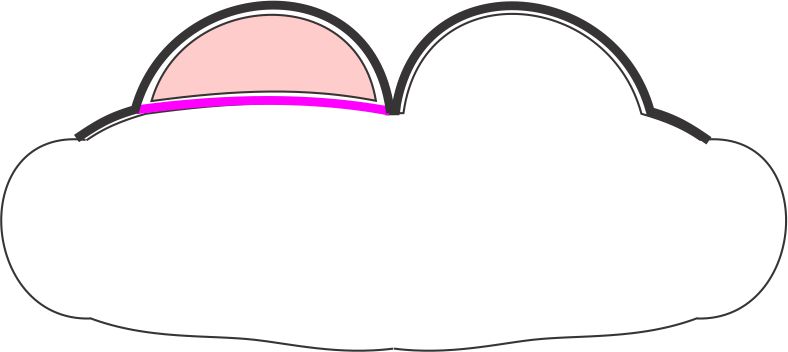
How does the form get into the bra?
But how do you get the breast form into the space provided for it? You need an opening. In my first book, the Bra-makers Manual, I talked about the underarm opening for a mastectomy pocket. I have since changed my view. The opening in the underarm area allows the form to creep upward, which could prove to be quite embarrassing when wearing a sleeveless garment.
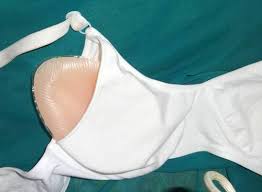
The small side holes on some commercial mastectomy bras often aren’t large enough to get a breast form in easily. You could struggle with this, especially a larger size form.
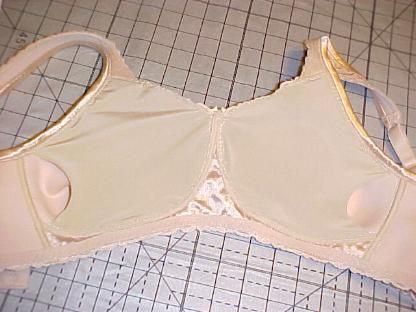
This manufacturer made a seamless inside pocket but here again, it has the underarm access. I think this could cause problems for the wearer, if she chose to wear a sleeveless top and the form decided to creep out. Also, the contoured pocket fabric would fold over itself against the chest wall, which may prove to be uncomfortable.

The manufacturers of this bra thought they would make the lining better by seaming it. They insert the pocket on both sides so they only have to make one bra (instead of a left and a right pocket). In reality, those seams bunch up inside and can cause chafing.
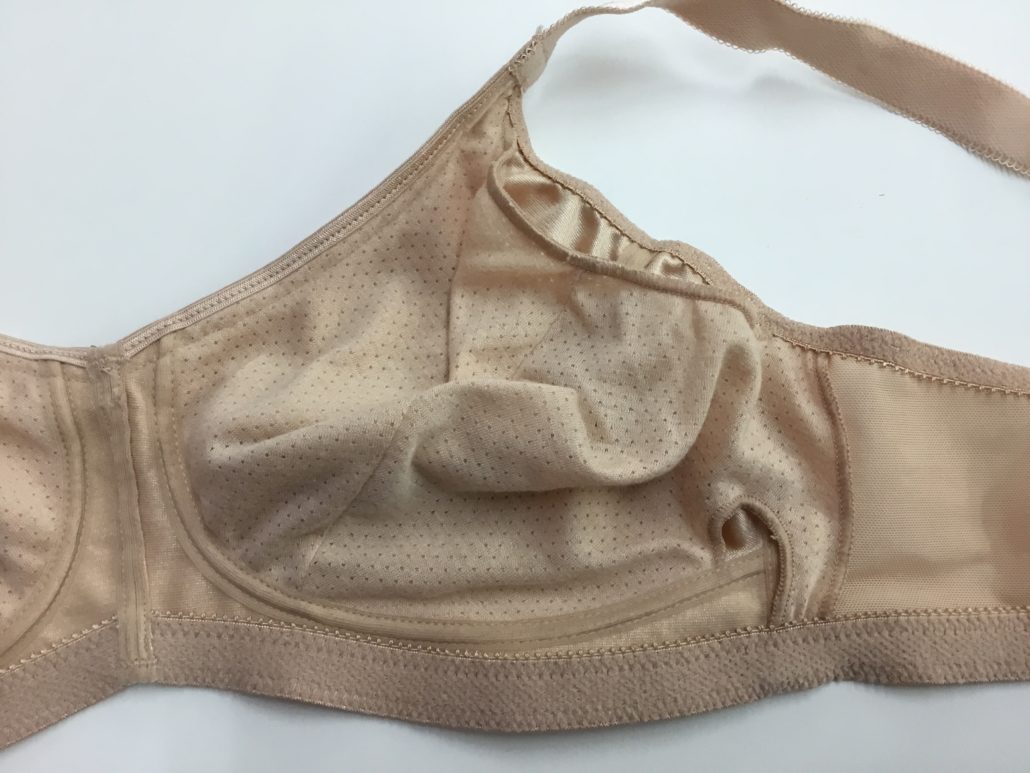
The pockets with a horizontal split (like this one from overseas) will allow the form to fall out very easily, so you don’t want that. On the plus side, this bra has hooks and eyes for a front closing which might be a good thing.
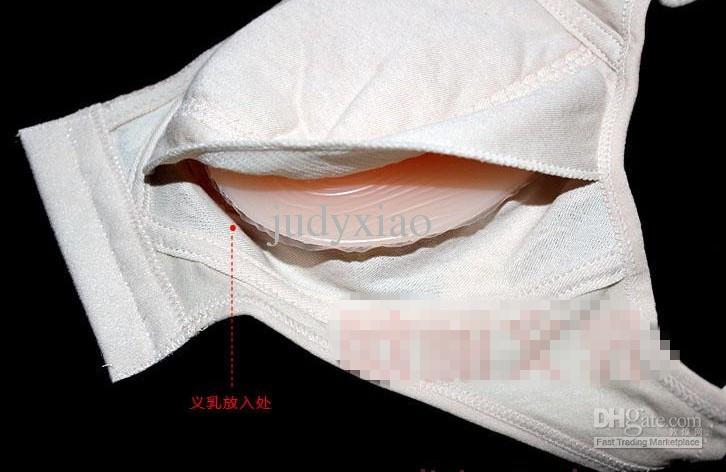
Our preference now, after talking with thousands of women, is for the opening to be in the centre of the cup and always with a vertical orientation. Think of the opening like the opening on a pillow sham. This shows the overlap on a pre-formed foam cup for a form that fits inside the cup (a form with no side extension). I detail that process here.
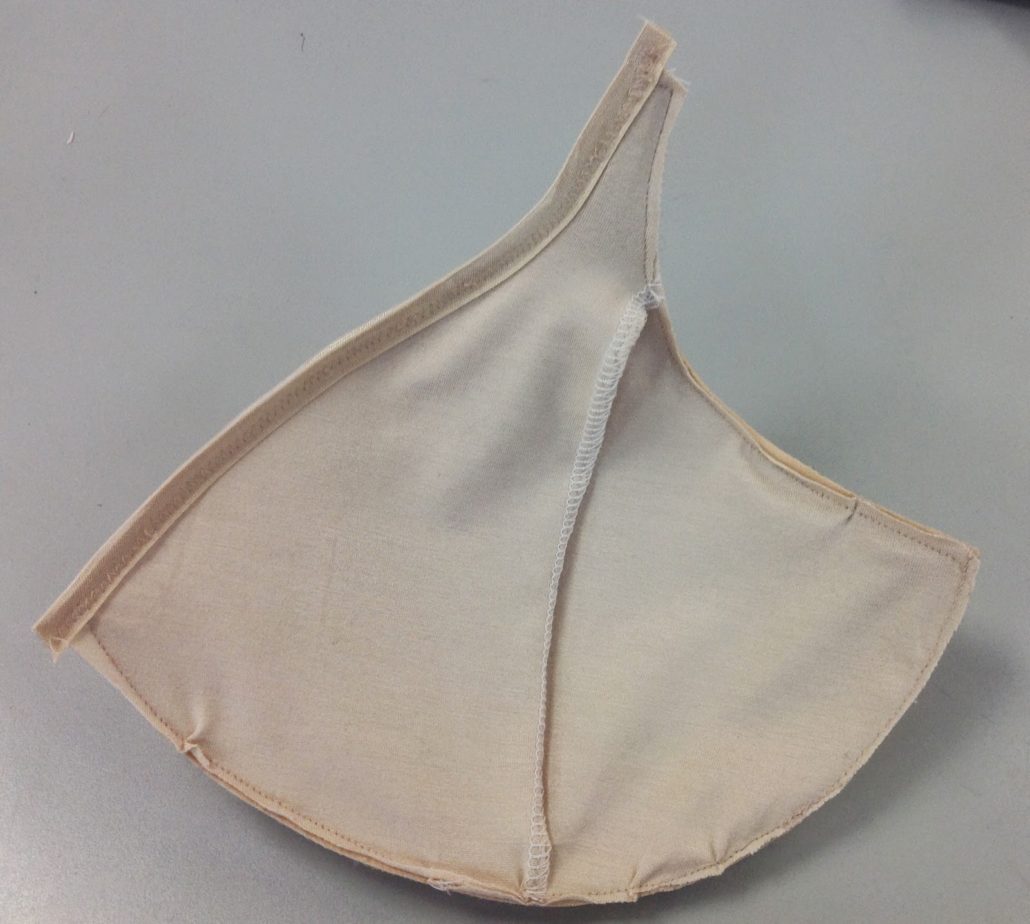
Here is our preferred method for the pocket intended for a form with a side extension. There is room for the “tail” back to the side seam, and flat fabric for the pocket so it won’t bunch up and cause chafing. The lining is soft and stretchy. There’s a large enough vertical opening to insert the form without it falling out during wear. It’s got everything on our wish list!
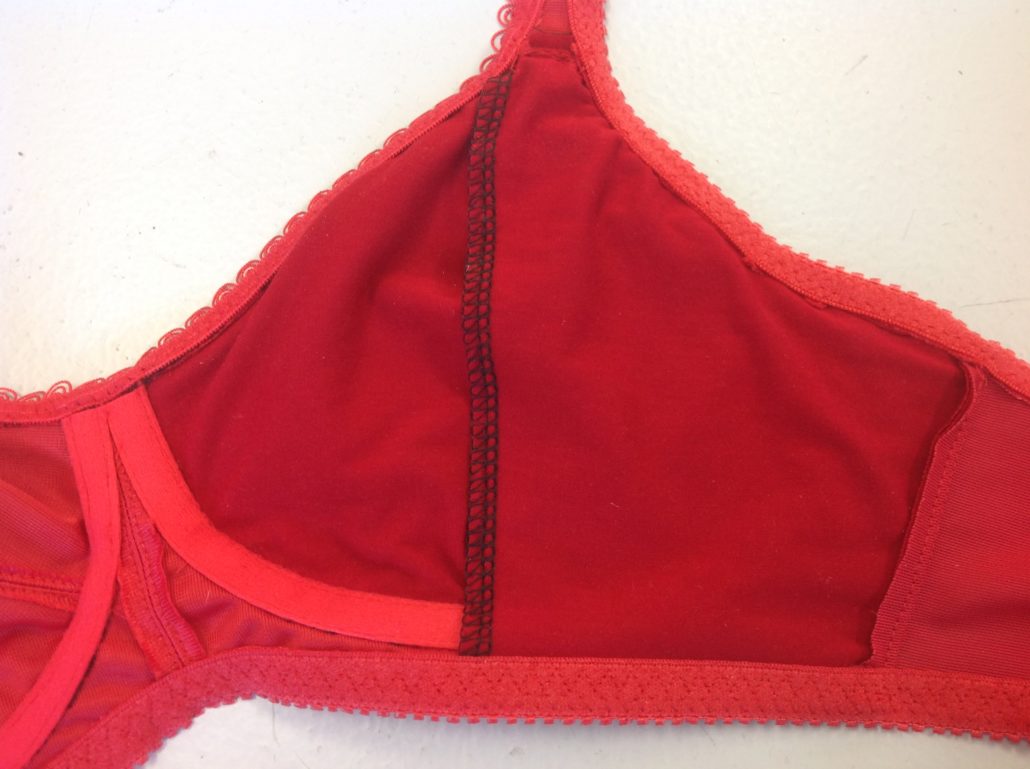
You can see that a peek inside a mastectomy bra is not so scary after all. In another post, I’ll show you how an easy way to draft and sew a mastectomy pocket for almost any bra pattern.

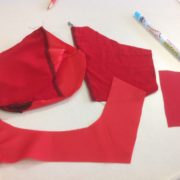
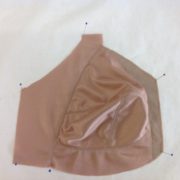
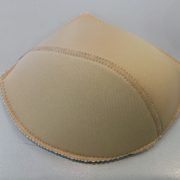
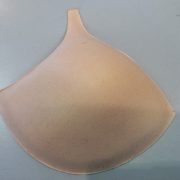

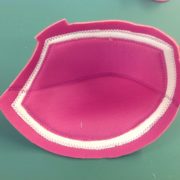
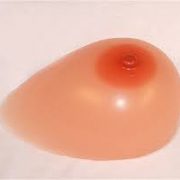


I had a DMX in Feb 2017 with immediate reconstruction.
In Jan 2020 I had my implants removed as I believed silicone to be unhealthy for the body. My PS did a small fat graft to give me some shape. This didn’t really last. So I need to look at mastectomy bras. I wondered if they could be made pretty with a lacy look on top with a nude mastectomy cup underneath? It would be lovely to look beautiful just as we were before. Ave
Great idea! Don’t see why not!
I posted but it disappeared
Ok. Try again. Right mastectomy 6 years ago. Came back last year. Surgery on my breast bone and multiple areas where had chest tubes. Lot of tenderness. Regular mastectomy bras plain and ugly. Do you have a pattern that would fit left prosthesis and be soft on rib cage like a bralette?
Yes. You can use either the Ingrid or the Sweet Sixteen pattern and use the wide 1.5″ elastic on the bottom edge. The wide elastic makes the whole area super comfortable and the elastic never rolls up
I had my left breast removed 6 years ago. All of my bras are plain and ugly. I’d love to make a pretty one. Last year cancer returned as it sometimes does and I’ve had surgery on my sternum so it’s still tender. Was looking at some brakette patterns thinking they would be more gentle on my “breast bone”. -got all my parts in on this. Also had several chest tubes and they are tender. So. The tight elastic is in comfortable.
Any ideas? I am an experienced sewer but have never sewn bras.